Turkey Kofta Kebab: A Flavorful Journey Through Global Spice Traditions
Table of Contents
Introduction to Turkey Kofta Kebab
Turkey kofta kebab is a beloved dish that blends the rich traditions of Middle Eastern and Mediterranean cuisine with the lean, flavorful meat of turkey. Unlike traditional lamb or beef kofta, this version offers a lighter, healthier alternative without compromising on taste. The key to a great turkey kofta kebab lies in the spices and the way the meat is prepared—grilled over open flames or cooked in a pan, it becomes a savory, aromatic delight.
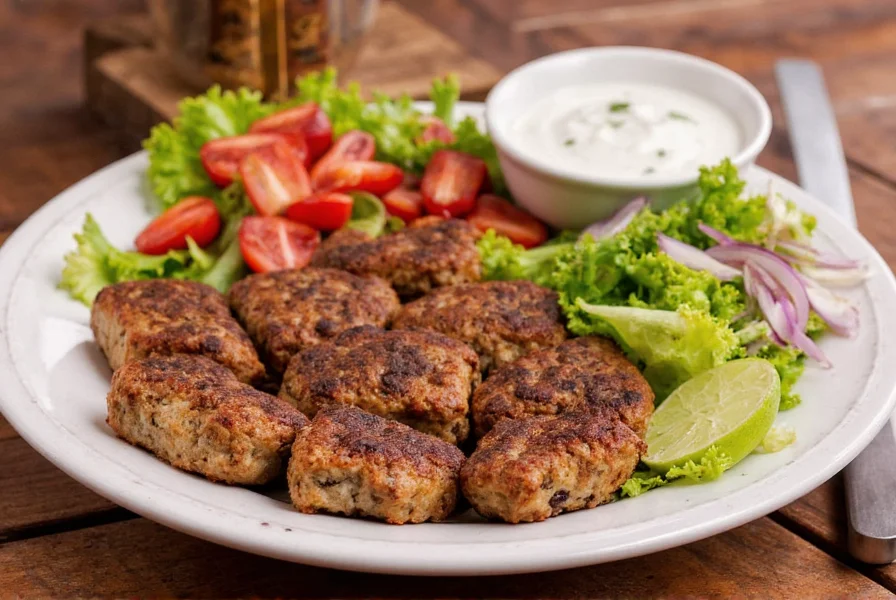
Whether you're an amateur enthusiast or a seasoned chef, turkey kofta kebab is a dish that can elevate your cooking game. It's not just about the meat; it's about the balance of flavors, the aroma of spices, and the joy of sharing a meal with loved ones.
Global Spice Traditions and Their Influence on Kofta Kebab
The world is full of spice traditions, each with its own unique blend of flavors and techniques. From the smoky heat of Mexican chiles to the fragrant warmth of Indian garam masala, these traditions have shaped the way we cook and eat around the globe. When it comes to kofta kebab, these global influences are evident in the spices used and the regional variations of the dish.
Spices That Define the Dish
At the heart of any great kofta kebab are the spices. Here’s a quick comparison of common spices used in different regions:
| Region | Common Spices in Kofta Kebab |
|---|---|
| Middle East | Cumin, coriander, paprika, sumac, garlic, and oregano |
| North Africa | Ras el hanout, cumin, cinnamon, and saffron |
| South Asia | Garam masala, turmeric, ginger, and cardamom |
| Europe | Oregano, thyme, rosemary, and garlic |
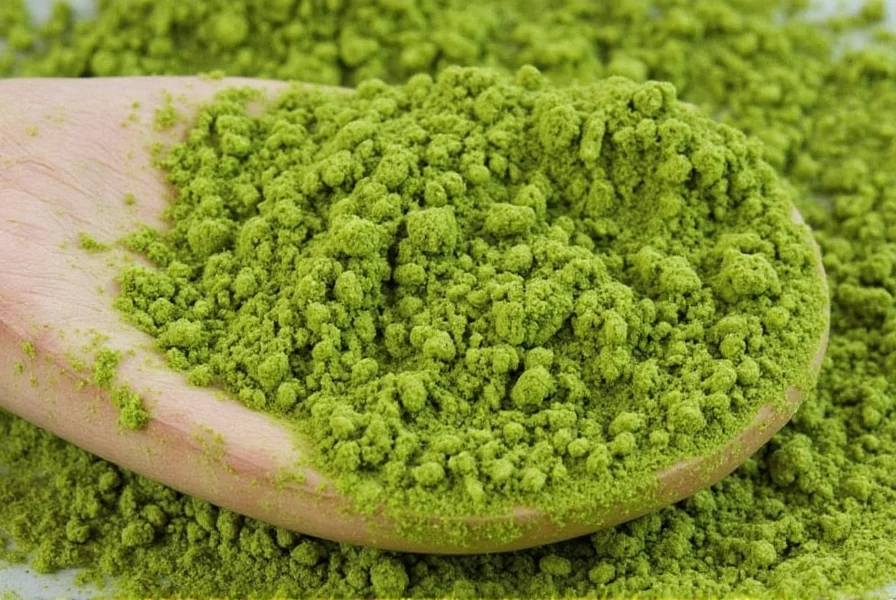
While turkey kofta kebab is often associated with Middle Eastern flavors, it can easily be adapted to suit other global spice traditions. For example, adding a touch of Indian garam masala can give it a warm, complex flavor, while a sprinkle of North African ras el hanout can add depth and richness.
Practical Tips for Making the Perfect Turkey Kofta Kebab
Creating a delicious turkey kofta kebab requires more than just good ingredients—it's all about technique, timing, and a little bit of creativity. Here are some practical tips to help you get started:
Tip 1: Choose the Right Turkey
Not all turkey is created equal. For the best results, use ground turkey that has a higher fat content (around 15–20%). This will help keep the kofta moist and prevent it from drying out during cooking.

Tip 2: Use Fresh Herbs and Spices
Fresh herbs and spices make a huge difference in the final flavor of your kofta. If possible, grind your own spices instead of using pre-made mixes. This allows you to control the intensity and balance of flavors.
Tip 3: Don’t Overmix the Mixture
Overmixing the turkey mixture can lead to tough, rubbery kofta. Mix just until the ingredients are combined, and then form the patties gently by hand.
Tip 4: Grill or Pan-Fry for Best Results
Grilling gives the kofta a smoky, charred exterior, while pan-frying keeps it tender and juicy. Both methods are great, so choose based on your preference and equipment.
Tip 5: Serve with Complementary Sides
Pair your turkey kofta kebab with something that complements its flavors. Common sides include flatbreads, rice, grilled vegetables, or a fresh salad. You can also serve it with a side of hummus or tzatziki for added creaminess.
Buying Guide: Ingredients and Tools for Turkey Kofta Kebab
To make the perfect turkey kofta kebab, you’ll need a few essential ingredients and tools. Here’s a detailed buying guide to help you choose the right products:
Ingredients
- Ground Turkey: Look for fresh, high-quality ground turkey with a fat content of 15–20%. Brands like Trader Joe's or Whole Foods offer reliable options.
- Spices: Opt for whole spices if possible, as they retain their potency longer. Essential spices include cumin, coriander, paprika, garlic, and oregano.
- Herbs: Fresh parsley or cilantro works best for garnish. Dried herbs can be used in a pinch but won’t offer the same freshness.
- Oil: Use a neutral oil like vegetable or avocado oil for cooking. These oils have a high smoke point and won’t overpower the flavors.

Tools
- Skillet or Griddle: A non-stick skillet or cast iron griddle is ideal for pan-frying kofta. Brands like Le Creuset or Calphalon are popular choices.
- Grill: If you’re grilling, a charcoal or gas grill will work well. Make sure to preheat it properly to avoid sticking.
- Kofta Molding Tool: A small mold or ice cream scoop can help shape the kofta evenly and efficiently.
- Serving Plates: Choose plates that complement the dish—neutral colors like white or gray are ideal for showcasing the food.
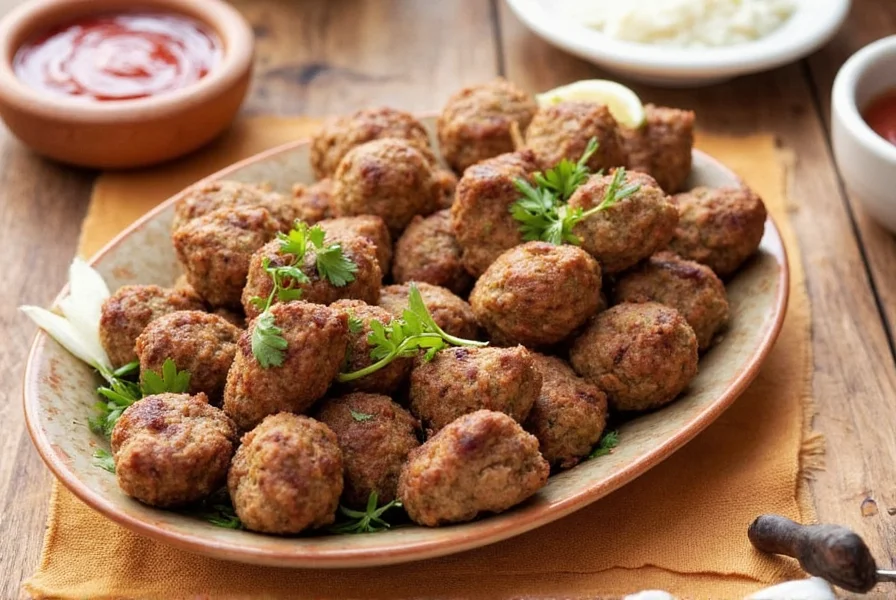
Recommended Products
Here are a few recommended products for making turkey kofta kebab:
- TruBlends Ground Turkey: A high-quality, lean ground turkey with 15% fat content, ideal for kofta.
- Bonduelle Dried Parsley: Adds a fresh, herbal note to the dish.
- OXO Good Grips Ice Cream Scoop: Makes shaping kofta easy and consistent.
- Joseph Joseph Cutting Board Set: Great for preparing ingredients and keeping your kitchen organized.
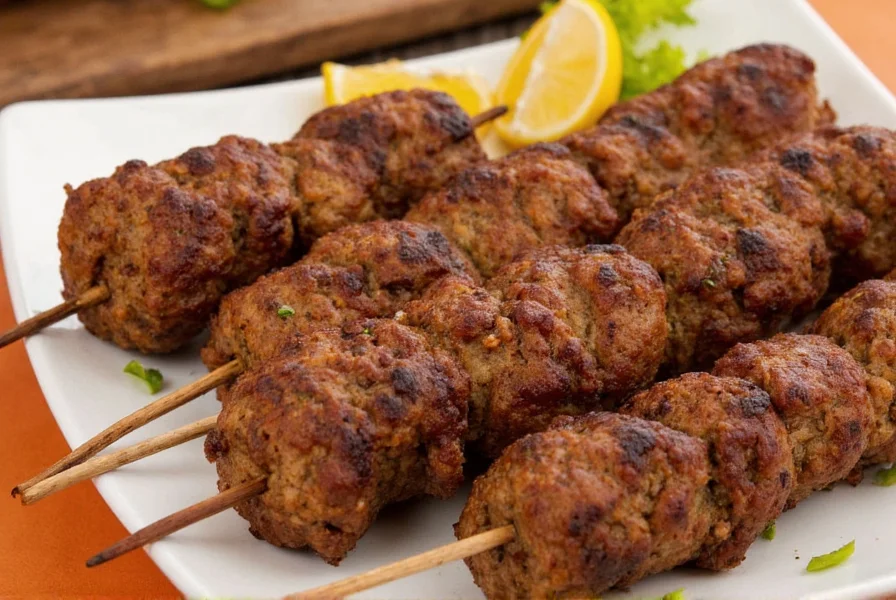
These products are suitable for both amateur cooks and professionals looking to elevate their spice game. Whether you're hosting a dinner party or cooking for yourself, having the right tools and ingredients makes all the difference.
Conclusion
Turkey kofta kebab is more than just a dish—it's a celebration of global spice traditions and the art of flavor. By understanding the role of spices, mastering the cooking techniques, and choosing the right ingredients, you can create a dish that’s both satisfying and deeply rooted in cultural heritage.
Whether you're experimenting with new spices or sticking to traditional flavors, turkey kofta kebab is a versatile and delicious choice that can bring people together. So grab your favorite spices, fire up the grill, and enjoy the journey through the world of flavors—one bite at a time.
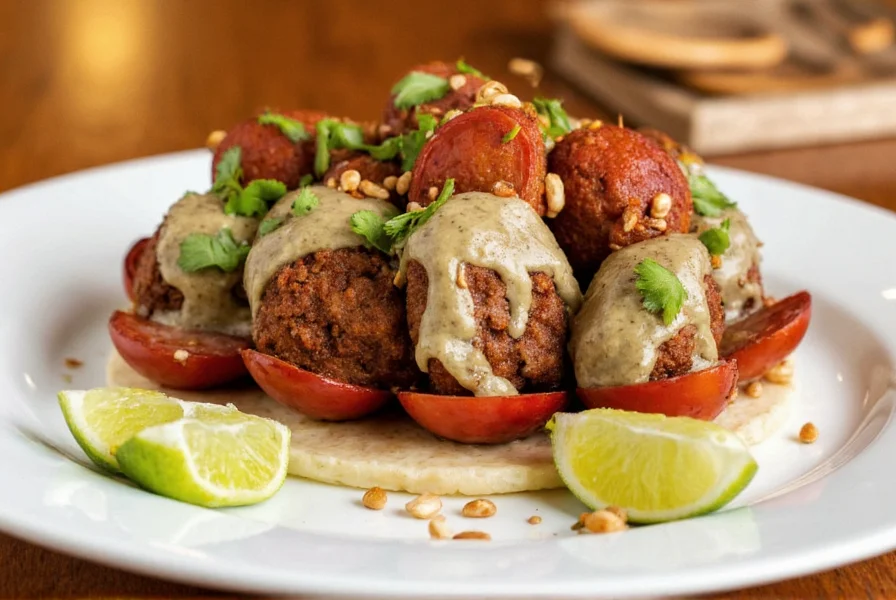
Now that you've explored the secrets behind turkey kofta kebab, it's time to take the plunge and try it for yourself. With the right ingredients, a little practice, and a love for global spices, you'll soon find that this dish is one of the most rewarding to make—and even more enjoyable to eat.










 浙公网安备
33010002000092号
浙公网安备
33010002000092号 浙B2-20120091-4
浙B2-20120091-4